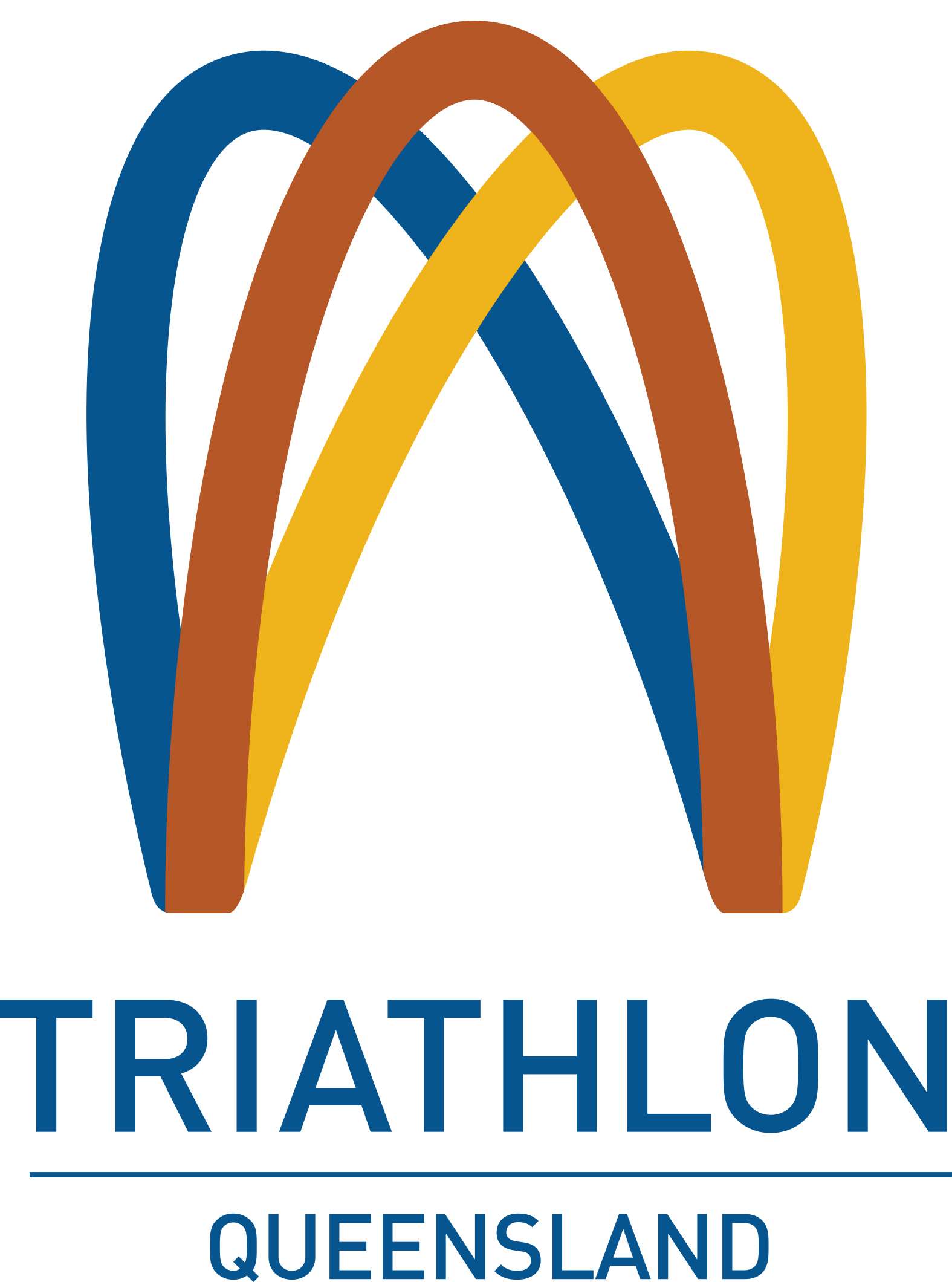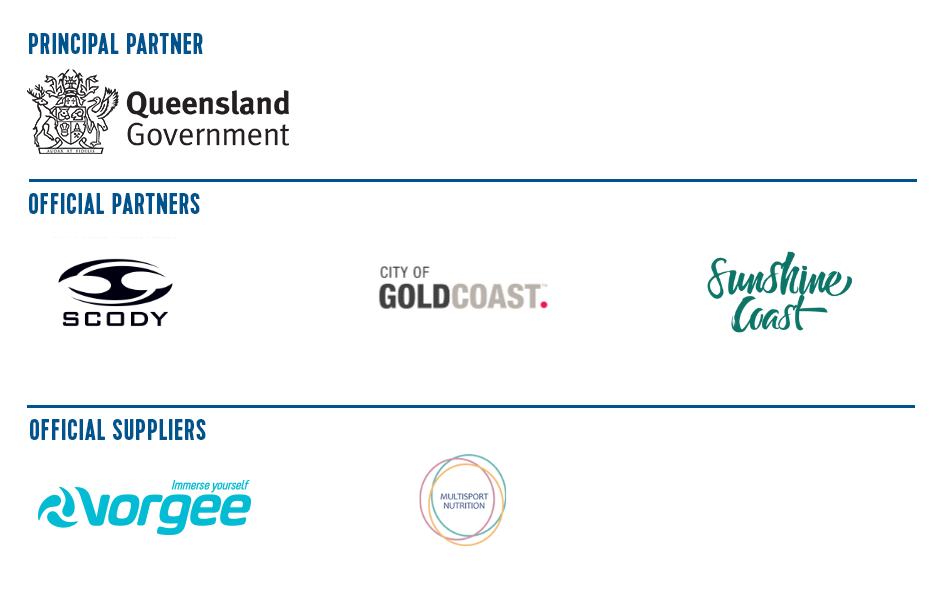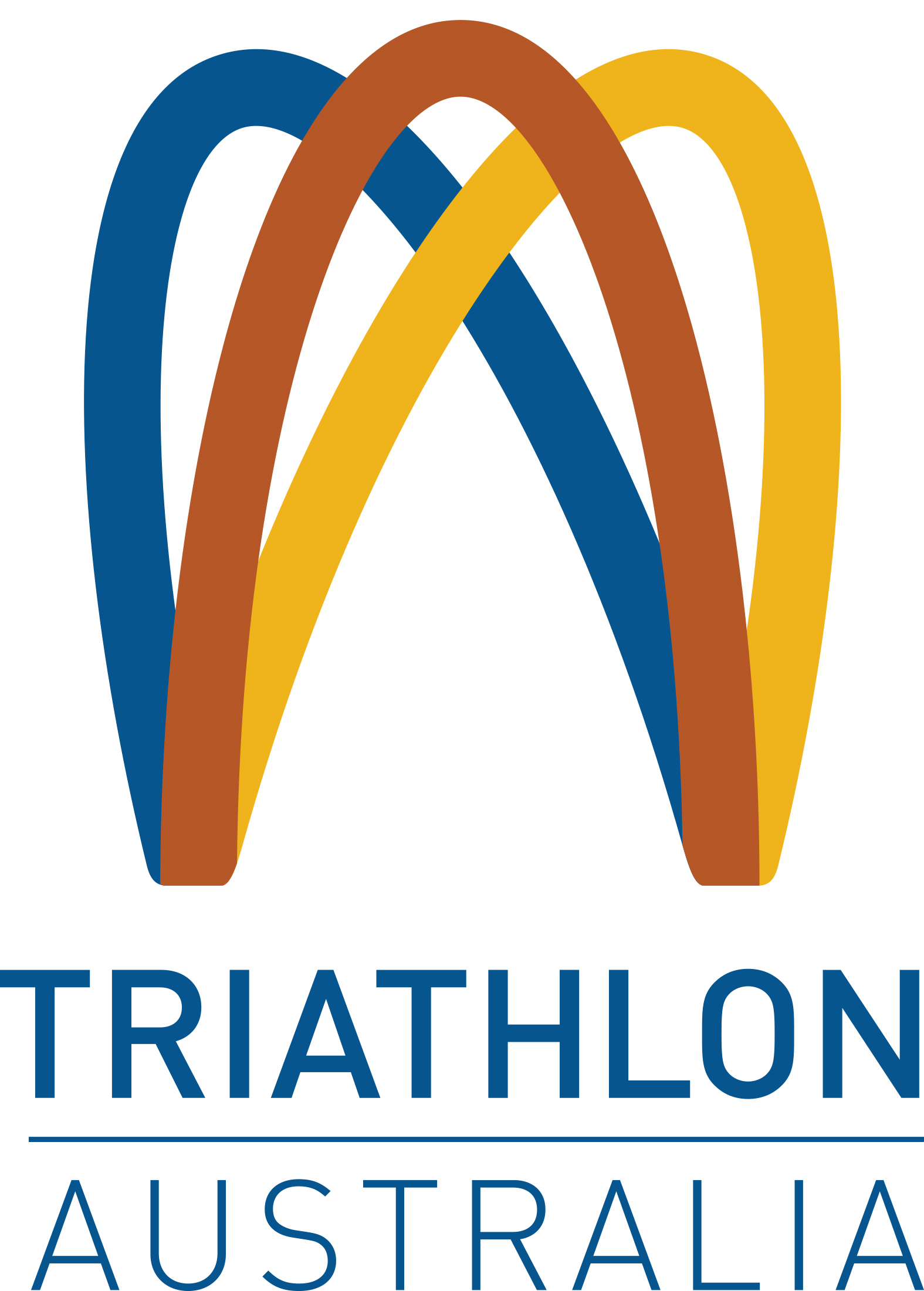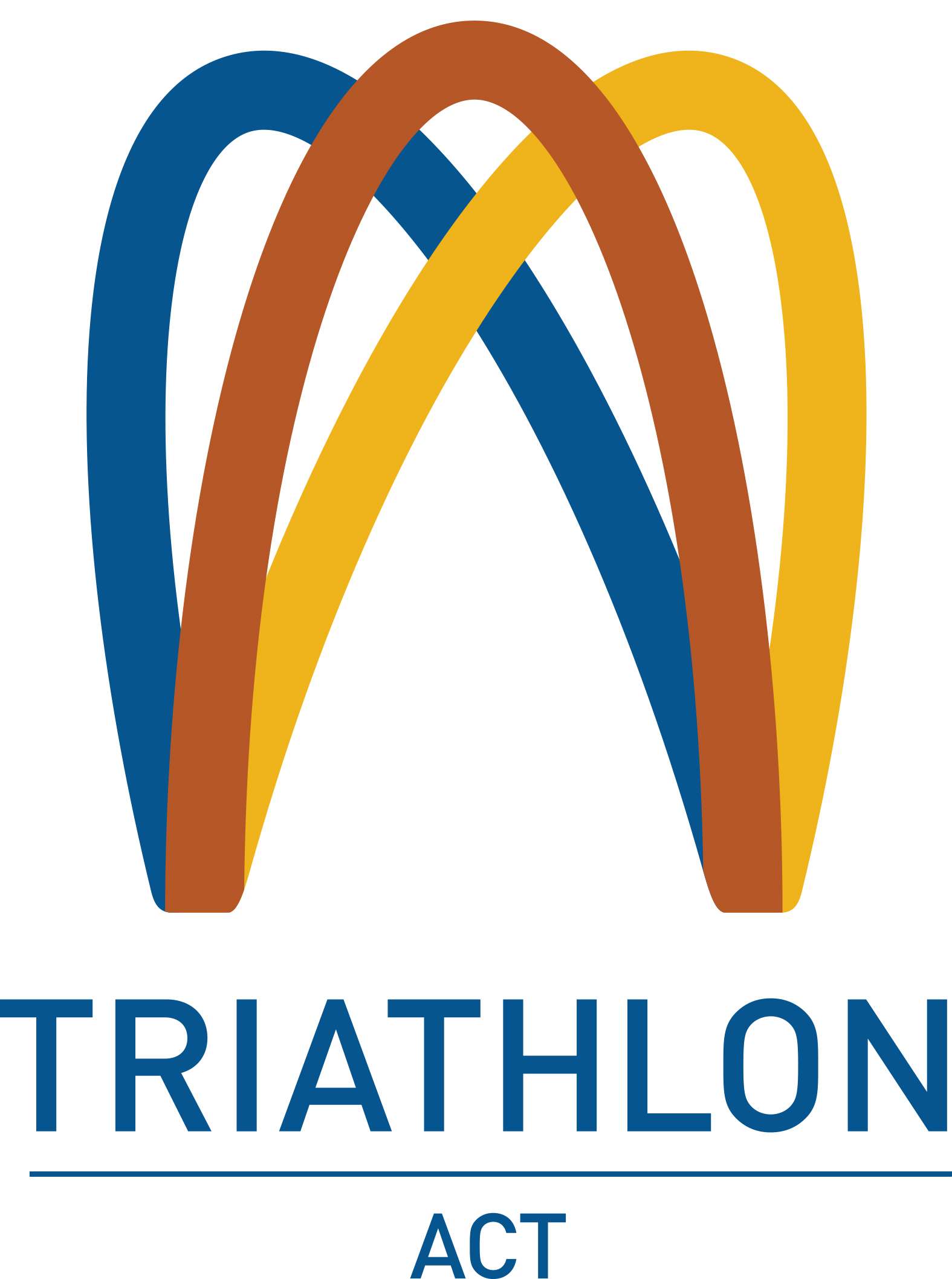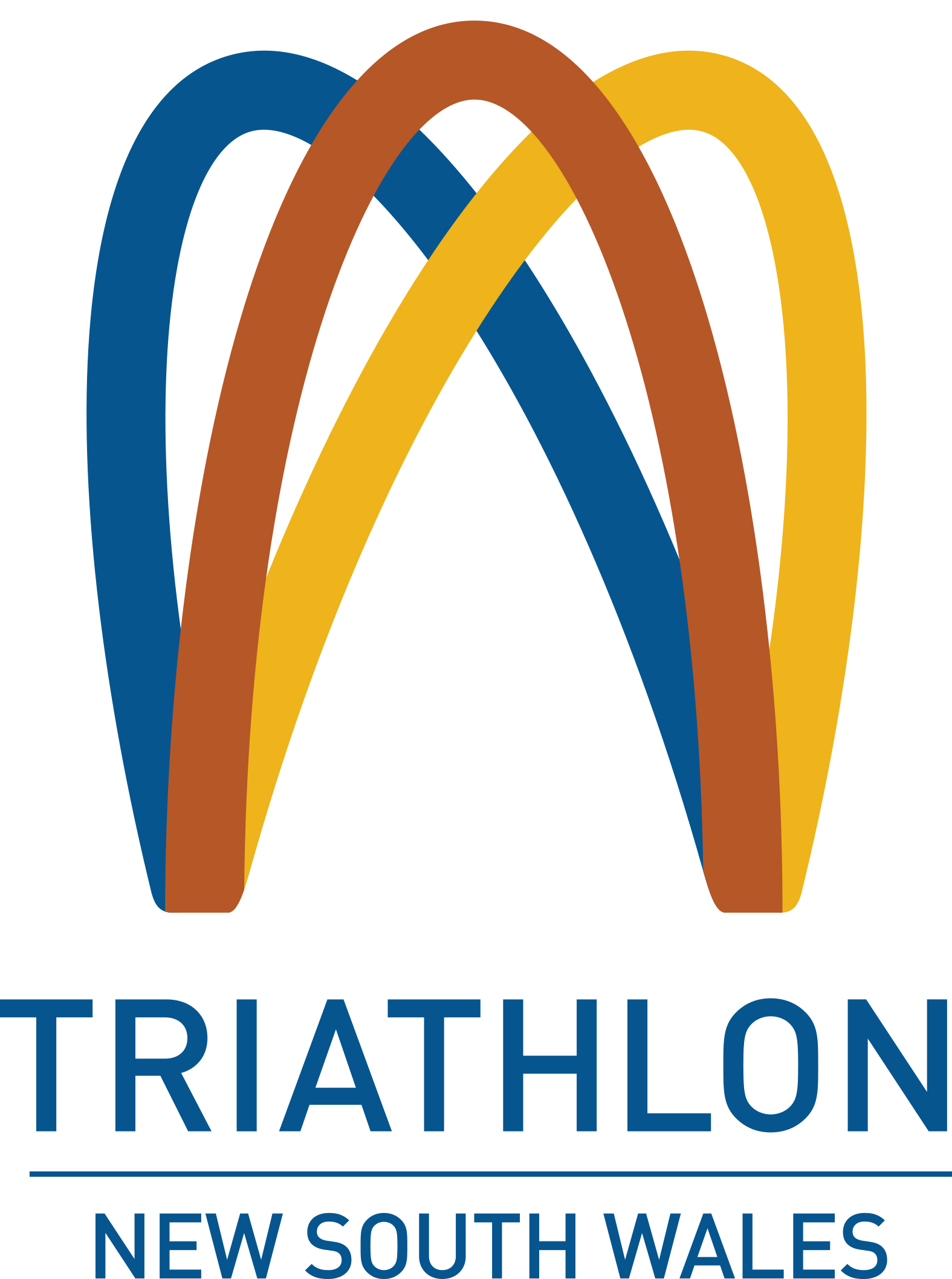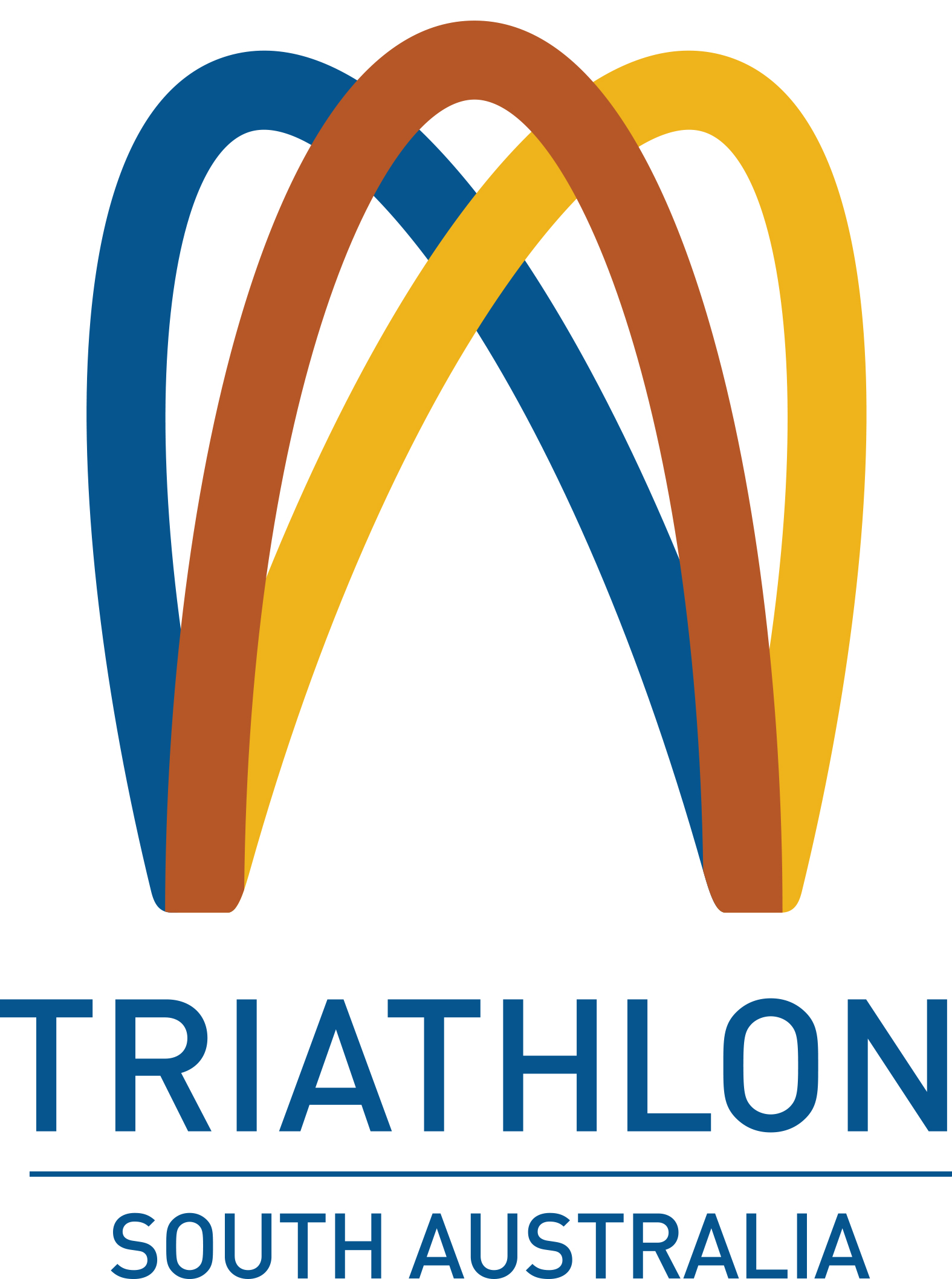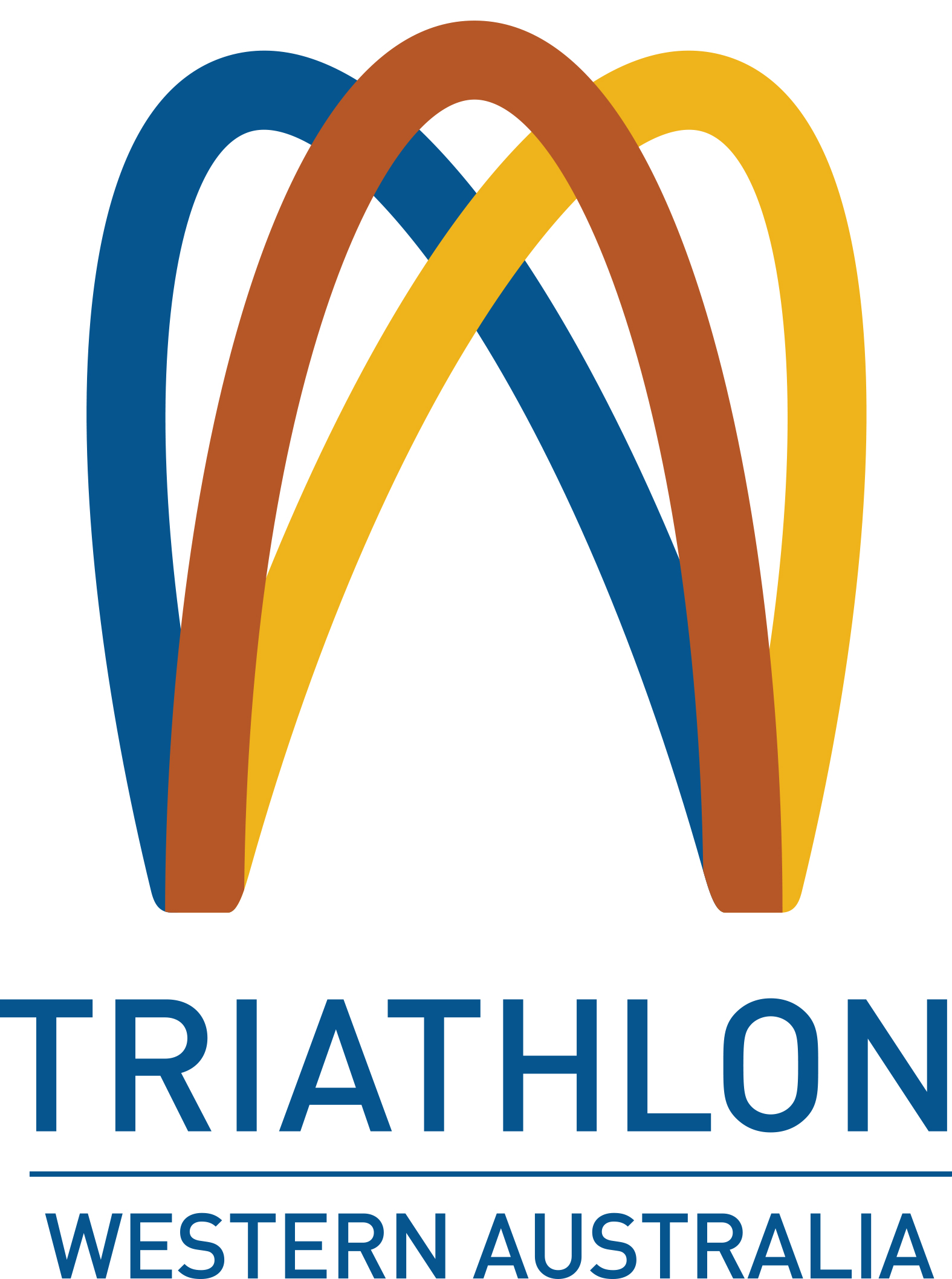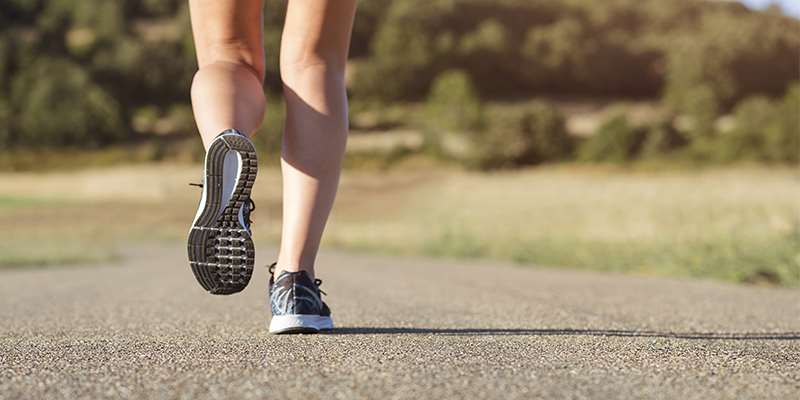
In the lead up to competing at my first age group world championships for triathlon, I was self-coached. I coached myself for almost 9 years actually... I never felt I was good enough to pay a coach full time - I was working, studying and trying to fit in as much training as I could because I loved it.
So, with a big goal, naturally came the drive to train more. It wasn’t until I returned from Rotterdam (Netherlands) World Champs that I realised my fuel tank was running pretty low. I was almost obsessed with eating the best foods, eliminating processed and packaged foods where I could, and eating enough around training to get by. Looking back, it was a mild case of orthorexia. It wasn’t until I didn’t get withdrawal bleeds (despite being on the pill), that I went to my doctor. I wanted (and needed) to make sure everything was okay...
Long story short (because I’ve got other things I wanted to focus on here) - I was under fuelling. I had increased my loads (both intensity, duration and frequency) and I wasn’t changing my food enough to match my energy needs. Which is a common thing for athletes, particularly endurance athletes. Luckily for me, I was studying nutrition and dietetics at the time so I knew what I had to do (and should have done earlier) to prevent going into long term relative energy deficiency (RED-S). But for other athletes I have worked with, this isn’t always the case.
Under fuelling and having a low energy availability can lead to a range of changes and health consequences if it hangs around for a while (see below for the list). And, I believe coaches and support crew are at the fore front of picking it up early and supporting athletes.
Coaches, PTs and other support crew are (often) data nerds and have more contact with athletes than their nutrition coach (aka Dietitian) or GP. So, it’s key that we work as a team and really understand our athletes so that we can pick up on certain changes. It can at times seem like we’re being extra cautious, but really, at the end of the day, every triathlete (or active person) - regardless of their level – is a human. A human that needs to be healthy and fuelled to thrive – just like an F1 car needs the right (and optimal) foundations and fuel, so too do we!
Here’s what coaches can do to monitor energy availability and pick up early signs. If you’re working with a coach or training with mates, take note of these too:
- Take note of fatigue, RPE and other data you monitor (we aren’t always fatigued because the session was too hard!)
- Talk to your athletes (or your coach) individually (even when coaching online) - get to know their life, family and their motivations. Then you can pick up changes.
- Look for changes in mood, motivation and focus (and reaction times).
- Monitor injuries, niggles and illness (particularly illness and bone related injuries are related to under fuelling).
- Have an open relationship about training and their goals: Monitor their sessions and encourage not to do extra on top of their current program (focus on smart training); Encourage athletes not to track data or use platforms like Strava or Garmin Connect if they are at risk of overtraining.
- Chat about your athlete’s medical history and understand a bit about their life. This may indicate previous medical or health conditions, or point towards an unhealthy relationship with food and, or, exercise.
- Work as a team! Connect with a dietitian you trust to work with you and your athletes so you can refer when needed. It doesn’t always have to be in person – there are many evidence-based, qualified options out there these days, like our programs on the SportsDietitian.com app
Now having a coach myself, and working with coaches to support other athletes, I've experienced the power of all the above. None of us can support an athlete on our own; and as an athlete, we need a big support team. So, let’s work together to support ourselves, our athletes and our training mates.
Happy training & eating,
Christie Johnson
AUS AG Triathlete, Duathlete & Accredited Sports Dietitian
BHlthSc (Nutri&Diet) / BExMovementSc
SportsDietitian.com
LOW ENERGY AVAILABILITY & RED-S SIGNS, SYMPTOMS, OUTCOMES
- Poor performance (plateaus or decreases)
- Low mood and irritability
- Fatigued more than usual training fatigue (may indicate low or deficiency in vitamins like iron and B12)•
- Injured or sick often
- Stress fractures and bone breaks
- Low sex drive
- Loss of, delayed onset or irregular menstrual cycles for women
- Less than 5 morning erections for men
- Hungry or wake up hungry or sore in the night
- Loss of motivation
- Loss of focus, reaction time or agility in sport
- Changes in body – can sometimes indicate, but don’t always!
